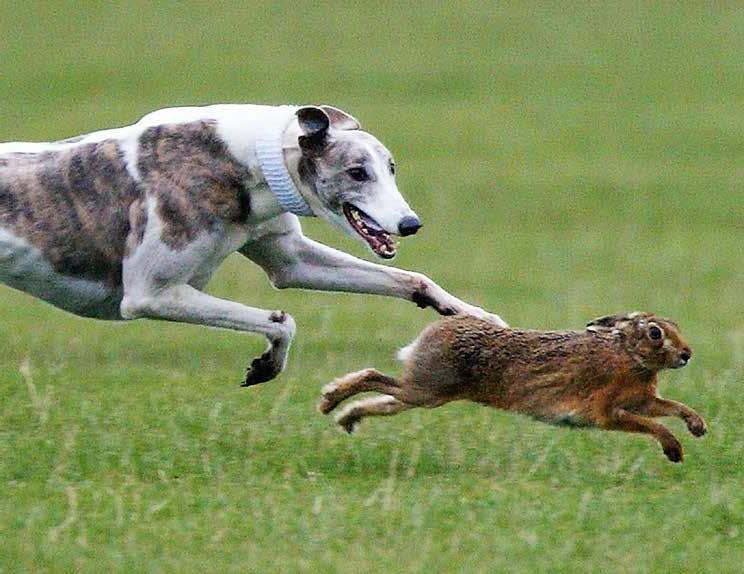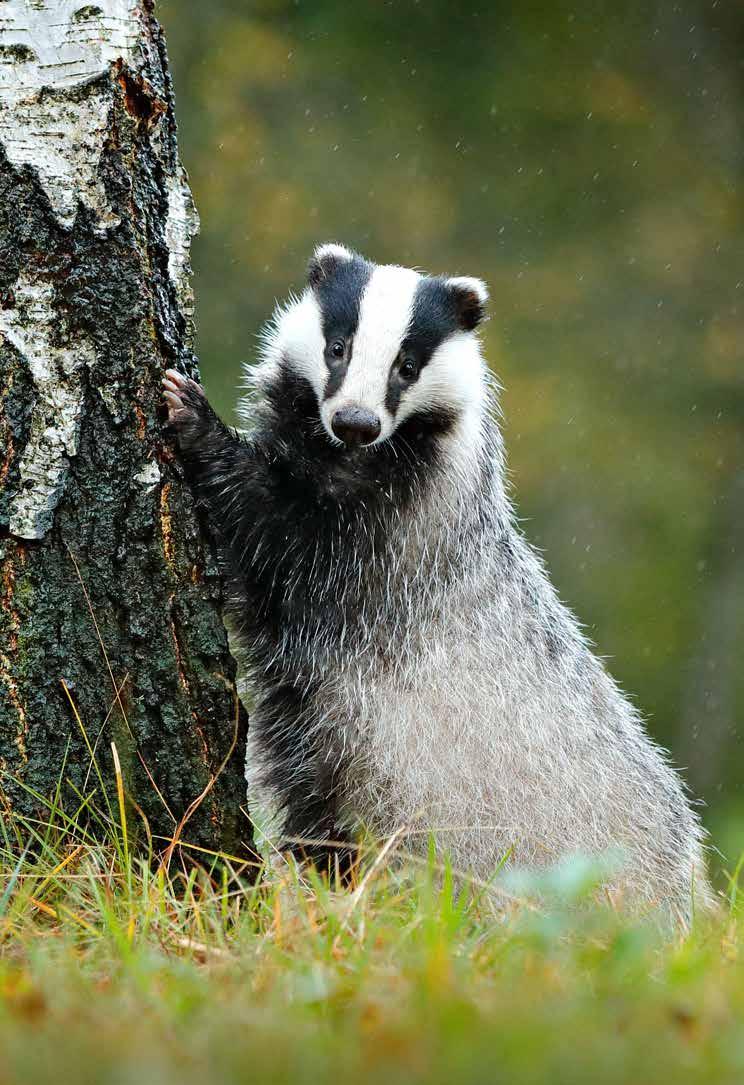
1 minute read
about wildlife crime
what is wildlife crime?
Wildlife crime can be broadly defined as the illegal exploitation of wildlife species. This includes poaching (i.e. illegal hunting, fishing, killing or capturing), and the abuse and/or trafficking of wild animal species.
Advertisement
Wildlife crime is one of the most lucrative forms of criminal activity globally.6 Natural resources – wild animals and plants – ‘worth as much as USD 91 billion to USD 258 billion annually are stolen – stripped out of the wild – by criminals’ according to Interpol and the United Nations Environment Programme (UNEP) 7 Behind these figures, is the horrendous pain and cruelty inflicted on animals and catastrophic effects on biodiversity the crimes involve.
In the UK IFAW are concerned that there are misconceptions that wildlife crime is largely an international issue affecting wildlife in Asia and Africa and linked with the trafficking of exotic wild animal parts. Although the import and export of endangered exotic species into the UK is of serious concern, wildlife crime is also very much a domestic UK problem.
Links with organised crime means it can have a very negative effect on the communities where it happens. People living in areas where hare coursing and badger digging and baiting occur, for example, have been subjected to intimidation and destruction of property.
One of the academic expert participants interviewed in the research explained:
“The hare coursing gangs are violent, are often violent criminals. They’ll arrive and seriously threaten farmers… Farmers come across them on their land and the farmers are left in no doubt that if they phone the police straight away, they and their farm are in serious, serious trouble in the near future… absolutely credible threats of that. So, it’s very hard to isolate wildlife crime from wider criminality, from wider social issues as well.”8
US$ 91 billion+











